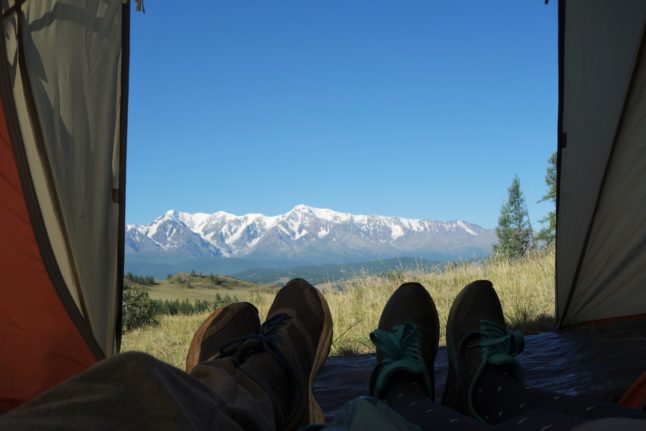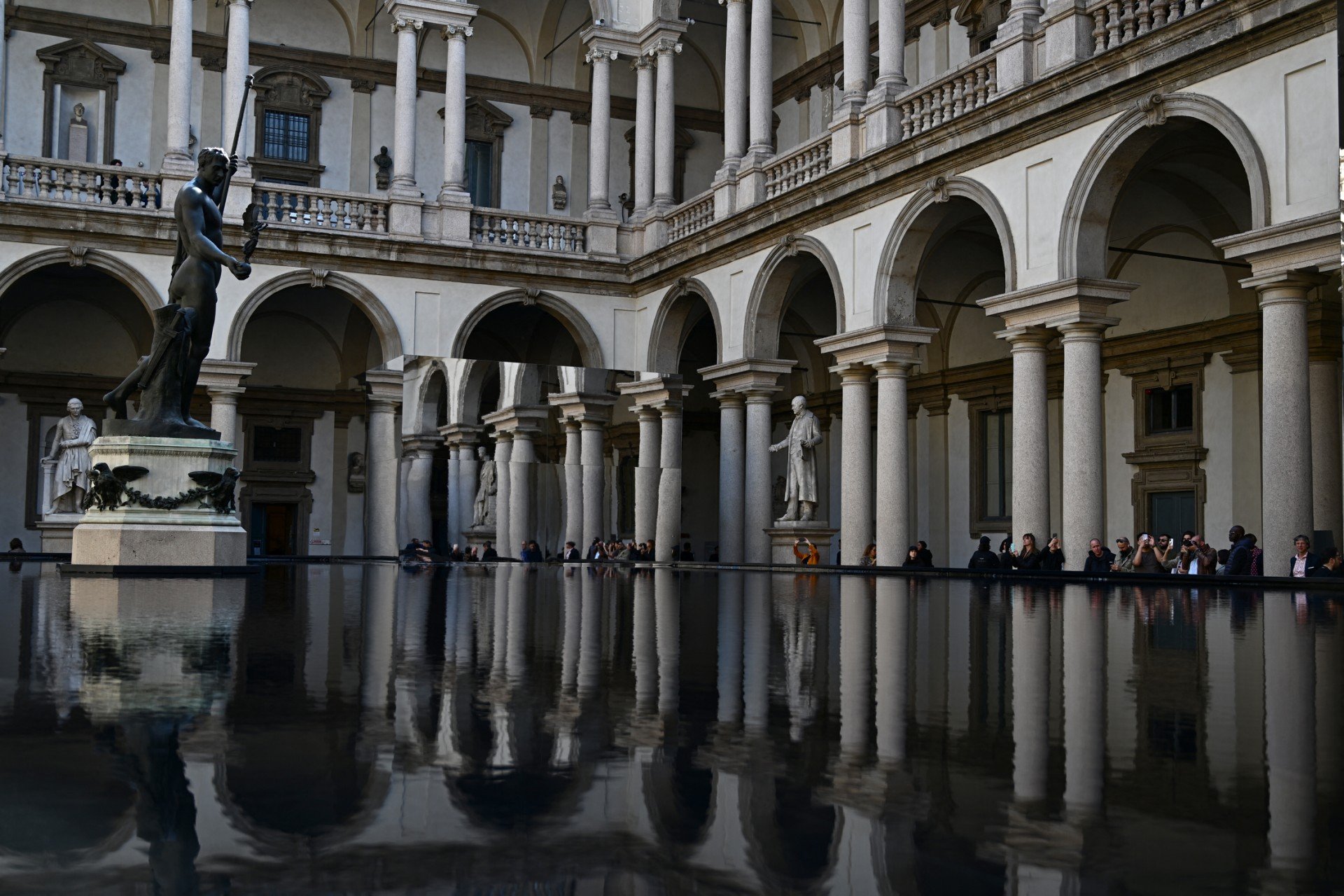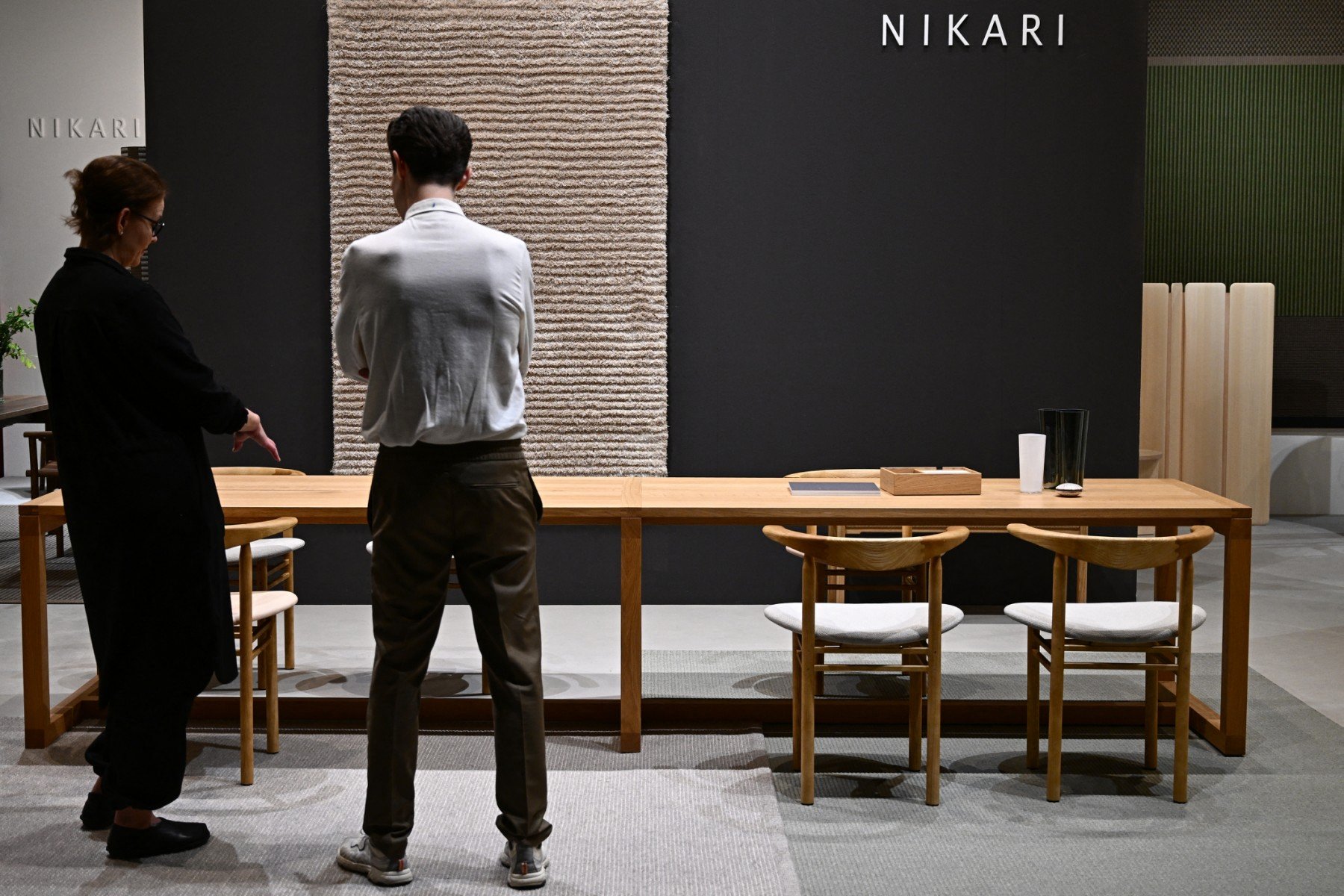With land that stretches from the feet of the Dolomite mountains to the golden shores of Sicily, camping can be one of the best ways to explore Italy and view its natural wonders up close.
Before you set off, though, it’s worth doing a little research to make sure you don’t end up on the Italian camping trip of your nightmares.
The first and most important question to consider is what kind of holiday you want.
Some campsites in Italy – particularly ones near famous lakes or beaches – are gigantic megasites, with hundreds or even thousands of plots.
If you pull up to one of these places with vague notions of drifting off not long after sunset to the sound of crickets chirping and the long grass rustling in the breeze, you’ll be in for a shock.
That’s not just because of the thousands of other holidaymakers around you, but because despite identifying as campeggi, many of these operations are less campsites than they are fully-fledged holiday villages, with a full programme of events that run until late at night and sometimes into the early hours of the morning.
You’ll notice that much of the land at these sites isn’t given over to tents or camper vans at all, but is instead occupied by pre-fabricated bungalows or wooden lean-tos hooked up to long-decommissioned caravans.

Some of these more permanent structures can be rented out, but many of them are owned outright by families who return every summer and stay for weeks at a time.
Facilities will typically include a swimming pool and a restaurant and bar, and you can expect any of karaoke, sports competitions, dance or gymnastics classes, and both daily and nightly entertainment provided by animatori (children’s entertainers).
If you like the idea of organised activities and partying late into the night, or are considering camping because it’s a cheaper alternative to a hotel but you don’t actually enjoy the more rustic aspects of the experience, these campsites could be just what you’re looking for.
If, however, you’re the kind of person who’s more likely to wonder where you went wrong than join the fun when you find yourself lying awake at midnight listening to your neighbours belt out their tenth Eros Ramazzotti ballad on a home karaoke kit, you’ll want to look a little further afield.
Luckily for the latter kind of holidaymaker, there are plenty of smaller and quieter venues that more closely resemble the traditional idea of a campsite – you just need to know how to find them.
The smallest and most wild types of Italian campsites are often referred to as agricampeggi. They typically have just a few plots, and no permanent shelters. Facilities are likely to be basic, with only toilets and showers, though they may also include a small pool and/or restaurant.

If you’re looking for something in the middle of the spectrum, with more services than an agricampeggio but less chaos than a camping village, base your campeggio search on the total number of plots available.
Campeggi with no more than a couple of hundred plots tend to be relatively laid back, but are also more likely to have restaurants, pools, and laundry rooms if you’re seeking some comfort. If you’re considering one of these, it’s always worth checking online reviews to see if they also put on high-volume nighttime entertainment (as some smaller campeggi do).
What about wild camping?
Unfortunately for more intrepid campers, wild camping tends to be highly restricted in Italy – and setting up camp on beaches or in built-up areas in towns and cities is a big no-no.
That said, if you’re determined to stake your tent far away from civilisation, there are some options. You can read our guide to wild camping in Italy here.
If you know what you’re signing up for, camping in Italy can be the perfect way to experience the country’s natural beauty for a fraction of the cost of a hotel stay.
Just take some ear plugs or brush up on your Italian ’90s hits (depending on which side of the canvas wall you’re on) … and remember that even after the worst of nights, you can always drive off and leave it all in your rearview mirror the next morning.





 Please whitelist us to continue reading.
Please whitelist us to continue reading.
I have been vacationing at Italian campsites for over 20 years and have enjoyed the different options available. When our kids were young the campsites with animation were an amazing experience. Now that we travel without our kids, we prefer places without animation, but still enjoy the contact with nature. We have always stayed in a bungalow since we travel from the USA, and that has been a helpful option for accommodation. Campsites have been a great discovery for us.